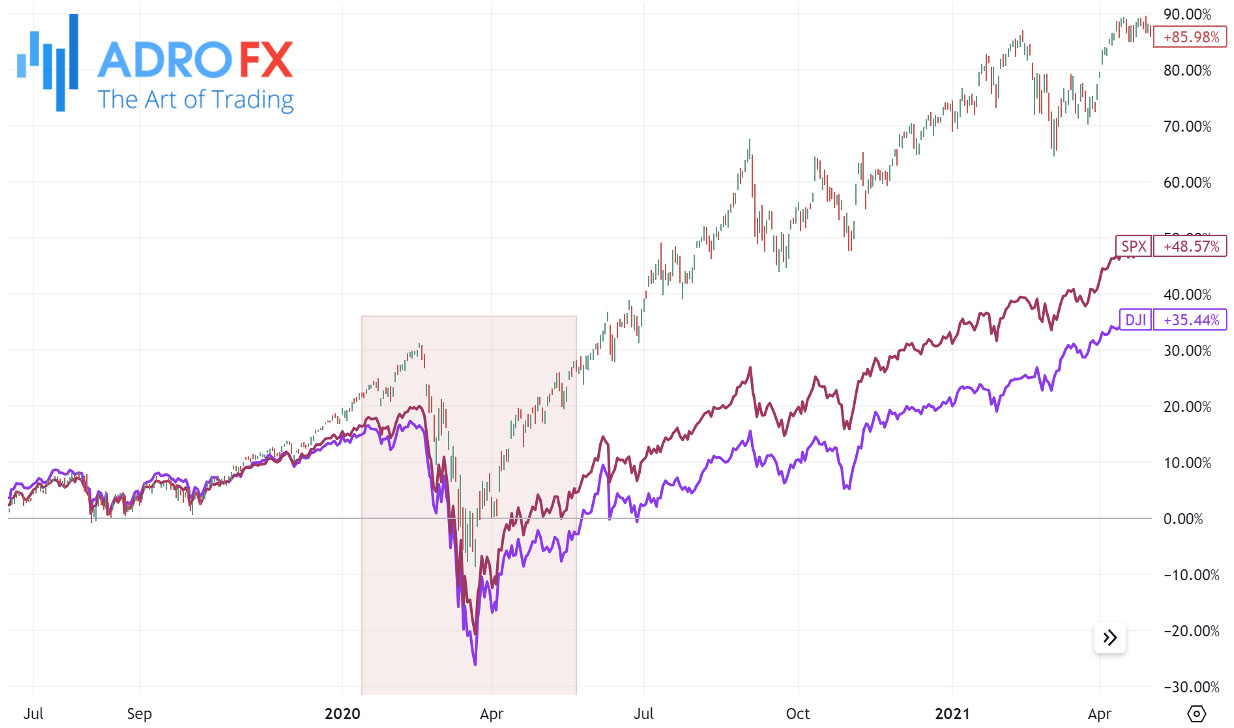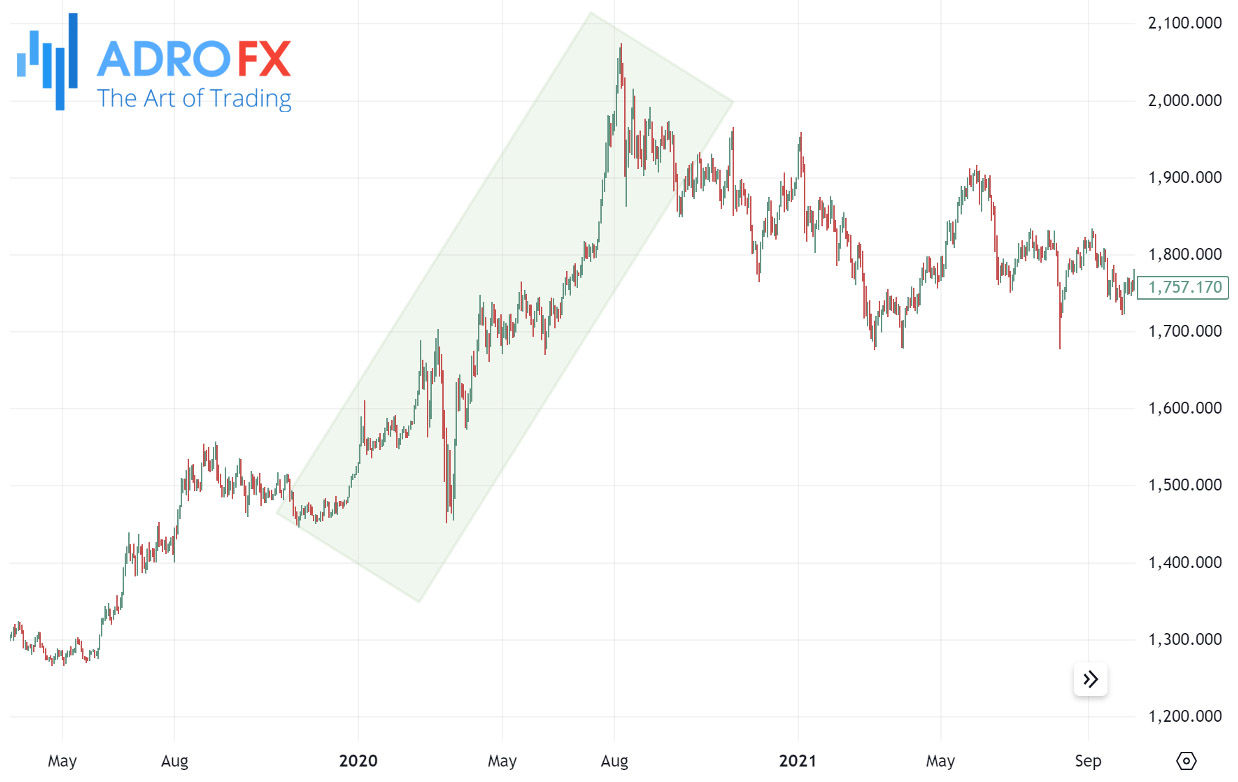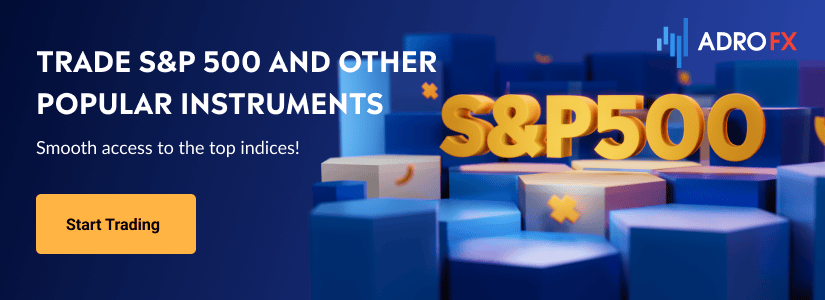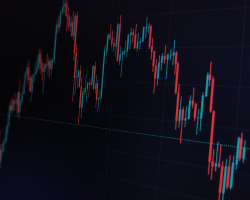Investment Uncertainty: Key Strategies to Stay on Track During Market Volatility

Investing is inherently tied to uncertainty. Whether you’re a seasoned investor or just starting, the unpredictable nature of markets can shake your confidence. Market volatility, economic downturns, and unexpected global events can make even the most calculated investment decisions feel precarious. This uncertainty often triggers anxiety and hesitation, leaving investors questioning their strategies and long-term goals.
However, managing investment uncertainty isn't just about riding out the storm - it's about preparing for it. By understanding the forces that drive market fluctuations and implementing sound strategies, you can protect your portfolio and stay on track to achieve your financial objectives. In this guide, we'll explore how you can navigate the complexities of investment uncertainty and make informed decisions that safeguard your future.
Understanding Investment Uncertainty
Investment uncertainty is the unpredictability that surrounds the financial markets. It stems from a wide array of factors, including economic shifts, political events, and unforeseen global crises. This uncertainty manifests in market volatility - rapid and often unpredictable price movements that can either boost your portfolio or erode your gains in a matter of days.
For example, economic uncertainty can arise when inflation rates soar beyond expectations, causing central banks to raise interest rates. This action can lead to a decline in stock prices, as companies face higher borrowing costs and reduced consumer spending. Similarly, political uncertainty, such as an election outcome that introduces new regulations, can rattle investor confidence and trigger sell-offs across markets.
Real-world examples of investment uncertainty abound. The COVID-19 pandemic, for instance, sent shockwaves through global markets in 2020. As lockdowns were imposed and economic activity ground to a halt, stock prices plummeted, and investors scrambled to reassess their strategies. Those who had diversified their portfolios and prepared for such crises fared better than those who hadn’t anticipated the impact of a global health emergency.

Investment uncertainty is an inevitable part of the financial landscape. However, by recognizing the factors that contribute to it and understanding how it influences asset prices, you can better prepare for the challenges ahead. The key lies in staying informed, diversifying your investments, and maintaining a long-term perspective - ensuring that you remain resilient in the face of uncertainty.
Also read: Inflation: What It Is, How It Can Be Controlled, and How To Invest During a Period of High Inflation
Common Sources of Investment Uncertainty
Investment uncertainty can stem from various sources, each capable of triggering significant shifts in the market. Understanding these factors can help investors better prepare for and manage the risks they pose.
Economic Indicators
Economic indicators like inflation, interest rates, and GDP growth are vital signals of a country's financial health. High inflation can erode purchasing power, leading to lower consumer spending and company profits, which in turn can depress stock prices. Interest rates are another key player - when they rise, borrowing becomes more expensive, slowing economic growth and making bonds more attractive than stocks. GDP growth fluctuations also influence investor confidence; strong growth signals a healthy economy, while stagnation or decline can spark sell-offs and increased market volatility.
Political Events
Elections, regulatory changes, and geopolitical tensions are significant drivers of market uncertainty. Political events can alter economic policies, impact trade relations, or create an unpredictable business environment. For instance, a change in government may lead to new regulations that affect specific industries, creating uncertainty for investors in those sectors. Geopolitical tensions, such as trade wars or conflicts, can also disrupt global markets, leading to volatility as investors react to potential risks.
Global Crises
Pandemics, natural disasters, and financial meltdowns are prime examples of global crises that can cause widespread investment uncertainty. The COVID-19 pandemic highlighted how quickly global events can disrupt markets, as economies worldwide experienced shutdowns and recessions. Natural disasters, such as hurricanes or earthquakes, can also have severe economic impacts, particularly in affected regions. Financial crises, like the 2008 global financial meltdown, can erode investor confidence and lead to massive sell-offs across asset classes.
Also read: Black Swan Event: Definition and Examples
Impact of Uncertainty on Different Asset Classes
Investment uncertainty impacts asset classes in varying ways, and understanding these nuances is essential for effective portfolio management. Let's delve into how stocks, indices, the forex market, and commodities like gold, silver, and oil respond to uncertain conditions.
Stocks and Indices
Stocks are highly sensitive to uncertainty, as market volatility often causes sharp fluctuations in prices. During uncertain periods, such as economic downturns or political instability, companies with weaker fundamentals or those in high-risk sectors may see their stock prices plummet. This reaction is often mirrored in broader indices like the S&P 500 or NASDAQ, which may experience significant drops as investor sentiment shifts. Market sell-offs can be particularly pronounced in sectors directly affected by uncertainty, such as technology during regulatory changes or energy during geopolitical tensions. In contrast, defensive stocks in sectors like utilities or consumer staples may offer some stability, although they are not entirely immune to broader market declines.
Forex Market
The forex market is another arena where uncertainty can trigger sharp movements. Currency values are influenced by a range of factors, including interest rates, inflation, and geopolitical events. For instance, during times of economic instability, investors may flock to "safe-haven" currencies like the US dollar or the Swiss franc, causing other currencies to weaken. Political events, such as elections or trade disputes, can also lead to rapid shifts in currency values as traders react to potential policy changes. Central banks may intervene in response to uncertainty, adjusting interest rates or engaging in currency manipulation, which can further add to forex volatility. Understanding these dynamics is crucial for forex traders aiming to navigate uncertain times.
Commodities: Gold, Silver, and Oil
Commodities often serve as a refuge for investors during uncertain times, but their responses to market uncertainty can vary.
- Gold and Silver
Precious metals like gold and silver are traditionally seen as safe-haven assets, meaning their prices often rise when uncertainty increases. Investors flock to these metals as a store of value when confidence in financial markets or paper currencies wanes. Gold, in particular, tends to shine during economic downturns, inflationary periods, or geopolitical tensions, as it is perceived as a hedge against risk. However, silver, while also benefiting from safe-haven demand, can be more volatile due to its industrial applications, which tie its value to broader economic conditions.

- Oil
Oil prices are highly sensitive to geopolitical events and supply disruptions, making the commodity particularly vulnerable during uncertain periods. For example, tensions in key oil-producing regions, such as the Middle East, can lead to fears of supply shortages, driving prices up. Conversely, global economic slowdowns can reduce demand for oil, causing prices to fall. The oil market's inherent volatility means that traders need to stay informed and be ready to react swiftly to changing conditions, as price swings can be both rapid and significant.
In uncertain times, recognizing how different asset classes react allows investors to make informed decisions. By understanding these dynamics, investors can better protect their portfolios and take advantage of opportunities that arise during periods of volatility.
Strategies to Manage Investment Uncertainty
Managing investment uncertainty requires a deliberate and strategic approach, balancing risk with potential rewards. Here are essential strategies to enhance portfolio resilience during volatile times:
Diversification: Spreading Risk Across the Spectrum
Diversification is fundamental to managing investment uncertainty. By spreading your investments across different asset classes, sectors, and geographic regions, you mitigate the risk of any single event or downturn disproportionately impacting your portfolio. For example, a well-diversified portfolio may include a mix of stocks, bonds, commodities, real estate, and even alternative assets like cryptocurrencies or private equity. This blend ensures that if one asset class underperforms, others may provide stability or growth, smoothing out overall returns. Diversification also applies to sectors - investing across industries like technology, healthcare, energy, and consumer goods can protect your portfolio from sector-specific risks.
Asset Allocation: Adjusting for Market Conditions
Fine-tuning your asset allocation based on current market conditions is another vital strategy. In times of heightened uncertainty, you might shift your allocation toward more stable assets, such as government bonds or defensive stocks in sectors like utilities or consumer staples. Conversely, during periods of economic recovery or market optimism, increasing exposure to growth stocks or emerging markets might offer higher returns. Regularly reviewing and rebalancing your portfolio is crucial to ensuring that your asset allocation aligns with both your risk tolerance and long-term financial objectives. This dynamic approach helps you stay prepared for shifts in market sentiment while maintaining a balanced risk profile.
Hedging: Protecting Against Downside Risks
Hedging is a proactive way to protect your investments from potential losses during uncertain times. Using financial instruments like options and futures contracts can help offset declines in specific stocks or market indices. For instance, if you hold a significant position in a particular stock or sector, buying put options can act as insurance against a downturn. Additionally, investing in defensive assets like gold, silver, or utility stocks, which tend to perform well during market downturns, can provide a buffer against volatility. Commodities like gold are particularly valuable during periods of economic instability, as they often retain value when other assets falter.
Long-Term Perspective: Staying the Course Amid Uncertainty
Maintaining a long-term perspective is crucial when navigating investment uncertainty. Short-term market fluctuations can create emotional responses, leading to impulsive decisions that might harm your portfolio. By focusing on your long-term financial goals and resisting the temptation to react to every market dip or surge, you can avoid costly mistakes. Remember that markets historically recover from downturns, and patience is key. Staying disciplined, regularly reviewing your financial plan, and making adjustments only when necessary helps ensure that temporary setbacks don’t derail your broader investment strategy.
By incorporating these strategies, investors can build a robust portfolio capable of withstanding the unpredictable nature of the markets. This proactive approach not only helps manage uncertainty but also positions investors for long-term financial success.
Building a Resilient Portfolio
Building a resilient portfolio is more than just a protective measure - it's a proactive strategy to ensure your financial goals stay on track, even when markets turn volatile. Regular portfolio rebalancing is at the heart of this approach. As market conditions shift, the value of different assets in your portfolio can change, potentially leaving you overexposed to riskier investments. Rebalancing periodically - whether quarterly, annually, or after significant market movements - helps you realign your portfolio with your original asset allocation. This disciplined adjustment process ensures that you maintain the right balance between stocks, bonds, and other assets, keeping your risk level in check and your investment strategy aligned with your long-term objectives.
Equally crucial during turbulent times is the ability to maintain discipline. Market volatility can be unnerving, leading to emotional reactions like panic selling or chasing quick gains. These impulsive decisions often result in missed opportunities or amplified losses. To counter this, it's vital to develop and stick to a pre-determined investment plan that reflects your risk tolerance and financial goals. By focusing on the bigger picture and resisting the urge to react to every market fluctuation, you can stay the course and make rational, informed decisions that support your long-term strategy.
Another cornerstone of portfolio resilience is the presence of emergency funds and liquid assets. Financial shocks, whether personal or market-driven, can happen at any time. Having a robust emergency fund allows you to cover unexpected expenses without the need to liquidate investments at inopportune moments, protecting your portfolio from unnecessary losses. Liquid assets, such as cash, money market funds, or short-term bonds, provide immediate access to capital when you need it most, offering a buffer against the unpredictability of the markets. This financial cushion not only provides peace of mind but also ensures that you're not forced to make hasty, regrettable decisions in the face of volatility.
By combining regular rebalancing, disciplined decision-making, and maintaining adequate liquidity, you can build a portfolio that stands strong in the face of uncertainty, ensuring that your financial future remains on solid ground no matter what the markets throw your way.
Conclusion
In conclusion, navigating investment uncertainty requires a well-rounded approach. By implementing key strategies such as diversification, asset allocation, and maintaining a long-term perspective, you can mitigate the risks that uncertainty brings. Regular portfolio rebalancing, disciplined decision-making, and having an emergency fund are essential steps in building a resilient portfolio.
Now is the time to take action. AdroFx offers a range of tools and resources designed to help you apply these strategies effectively. Join AdroFx today and start navigating investment uncertainty with confidence.
About AdroFx
Established in 2018, AdroFx is known for its high technology and its ability to deliver high-quality brokerage services in more than 200 countries around the world. AdroFx makes every effort to keep its customers satisfied and to meet all the trading needs of any trader. With the five types of trading accounts, we have all it takes to fit any traders` needs and styles. The company provides access to 115+ trading instruments, including currencies, metals, stocks, and cryptocurrencies, which make it possible to make the most out of trading on the financial markets. Considering all the above, AdroFx is the perfect variant for anyone who doesn't settle for less than the best.










